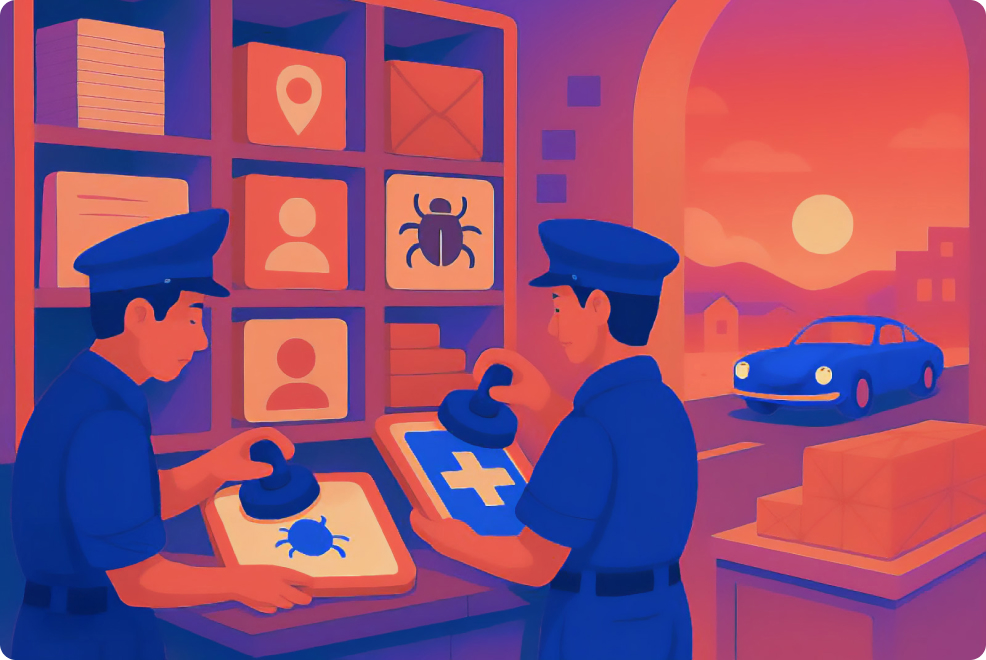The Role of Data Enrichment in Faster Incident Response

Most security teams don’t struggle to detect threats - they struggle to understand them fast enough to act. That’s where data enrichment becomes essential.
That’s where data enrichment becomes essential. In a typical SOC, analysts are inundated with logs, alerts, and event notifications. But raw data alone rarely tells the full story. Without context - who triggered the alert, what system was affected, whether it’s tied to a known threat - every alert becomes a manual investigation.
Enrichment bridges that gap by layering critical context onto raw signals, helping teams move from noise to insight in seconds instead of hours.
Data enrichment enhances raw security signals - logs, alerts, and incident reports - with context from internal and external sources. This includes threat intelligence, geolocation, asset inventories, vulnerability data, and user profiles. By enriching alerts, analysts gain a clearer picture of the “who, what, where, and how” behind an event, accelerating triage and response.
For example, an IDS (Intrusion Detection System) alert showing traffic from an unfamiliar IP isn’t actionable without knowing if it’s a known threat, a customer, or part of a botnet.
How Does Enrichment Accelerate Response?
Prioritization
Enriched data highlights critical assets, known threat actors, and unusual access patterns - helping analysts focus on what matters most.
Faster, Confident Decisions
Analysts can view full incident context in one place instead of jumping between tools, streamlining investigation and reducing uncertainty.
Supports Automation
Enriched alerts power SOAR playbooks, enabling automatic actions like isolating endpoints when a threat is confirmed.
Reducing Alert Fatigue
Alert fatigue is a major operational issue. According to a 2023 report, analysts spend an average of 2.7 hours per day manually triaging alerts - with 27% spending more than 4 hours daily.
This manual load slows detection and burns out teams. Enrichment helps by eliminating repetitive lookups and surfacing actionable insights early in the process.
Where Does Enrichment Come From?
Effective enrichment draws from:
- Threat Intelligence Feeds (malicious IPs, domains, hashes)
- Geolocation Data (IP origin, risk regions)
- Asset Inventories (importance, ownership, patch level)
- Vulnerability Databases (CVEs, exploitability)
- User and Entity Behavior (roles, baseline activity)
This context turns isolated alerts into actionable intelligence.
Final Thoughts
Speed matters in security. In a modern SOC, enrichment isn’t just a best practice - it’s an essential part of a modern cybersecurity strategy.
👉 We’d love to hear - how much has enrichment reduced triage and investigation time for your team?


